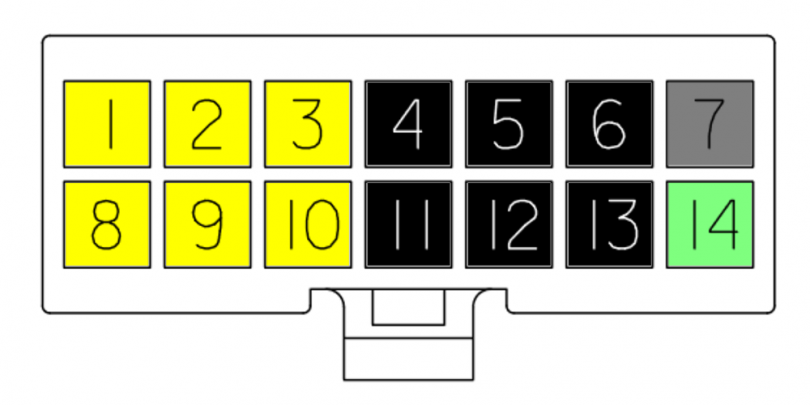confusis
John Morrison. Founder and Team Leader of SFF.N
Original poster
SFF Network
SFF Workshop
SFFn Staff
This is one of a series of mini-rants by your faithful correspondent, John Morrison. These are a regular series focusing on issues in the SFF niche. All content is entirely opinion of John, not of SmallFormFactor.net, and should not be taken as fact.
As the ATX specification evolved, and as component manufacturers changed designs and other components, we have slowly edged towards a 12v dominant world. The two heavy hitters in your system, the CPU and GPU, both utilise 12V inputs. There's a good reason for this - they require higher amperage than the rest of your system.
Read more here.
As the ATX specification evolved, and as component manufacturers changed designs and other components, we have slowly edged towards a 12v dominant world. The two heavy hitters in your system, the CPU and GPU, both utilise 12V inputs. There's a good reason for this - they require higher amperage than the rest of your system.
Read more here.
Last edited:


